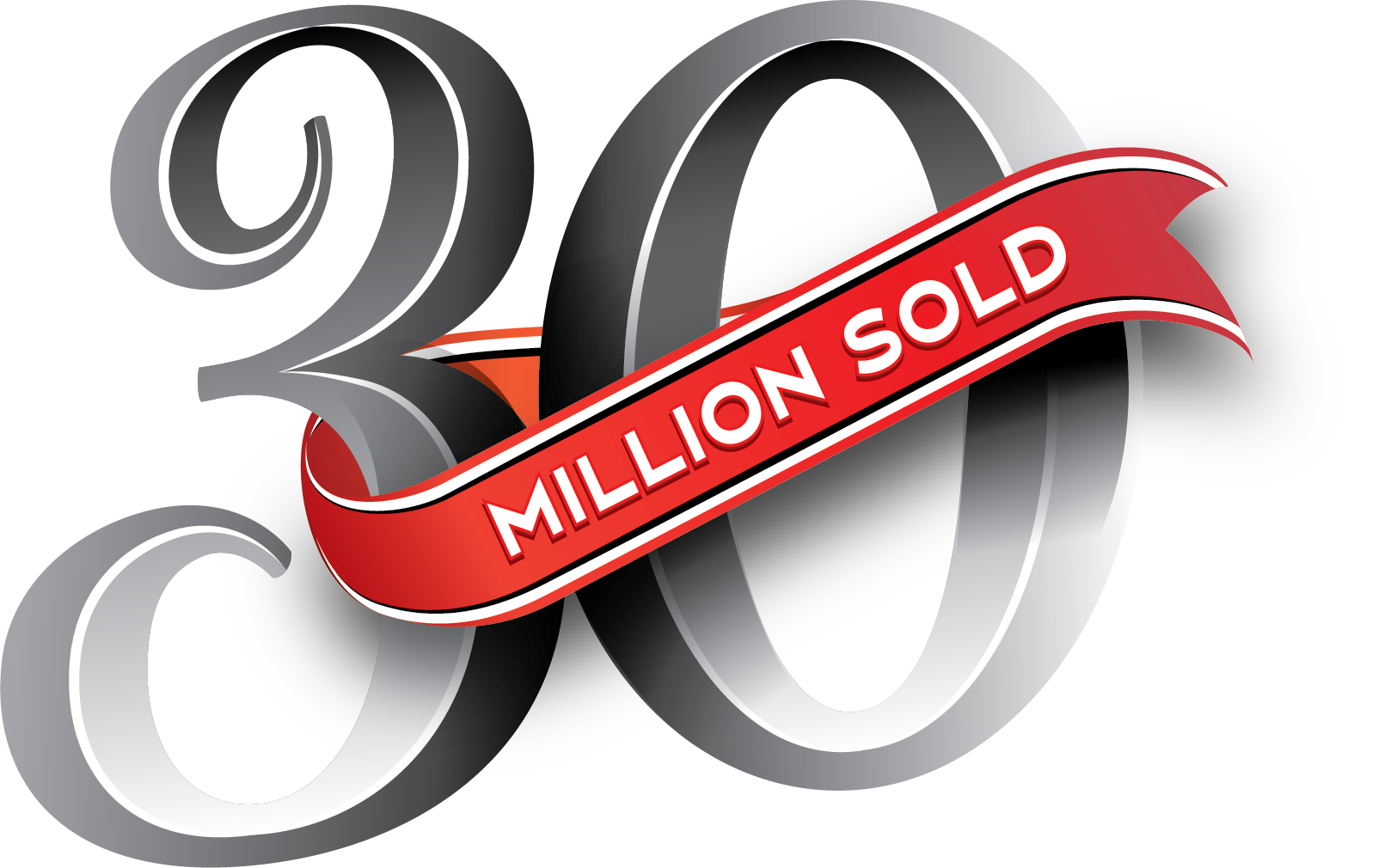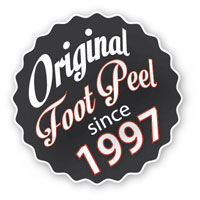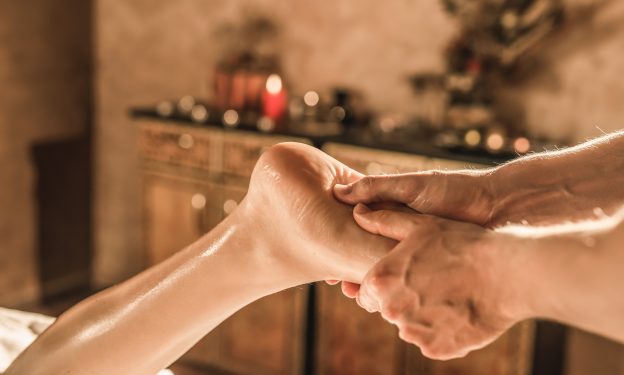With stress, anxiety and uncertainty swirling about in 2020, you deserve to end the year on a high note. Why not step off this wild ride and treat yourself to one of life’s most reinvigorating forms of touch—a foot massage?
Our neck, shoulders and back often hog the massage spotlight, but a foot rub done right can unlock beaucoup health benefits. Some you may know about, others might surprise you. Smaller studies have shown measurable relief from migraines, sinusitis and kidney dialysis, just to name a few.
At the center of it all is reflexology, an alternative medical practice that links pressure points in our ears, hands and—you guessed it—feet to other parts of our body. While hard scientific evidence is hard to come by, many reflexology and massage therapy patients equate the treatment with a higher quality of life.
So what are some of the possible benefits of a foot massage? And if you happen to be the giver instead of the receiver, what are the best foot massage techniques? Read on and all will be revealed.
What are the health benefits of foot massage?
It’s indisputable—a foot massage feels amazing. Does it get any better than hands squeezing, pressing and kneading those sore soles, balls and toes? But beyond feeling heavenly, a foot massage can trigger a trove of positive physiological reactions.
When you look at the list below, foot massage may be the closest thing we have to a wonder drug. Here’s a quick review of all the ways it benefits your body:
- Improved circulation – Harvard Medical School is among the healthcare institutions that says a foot massage increases blood flow. If your feet are chronically cold or you have poor circulation, regular rubs should rev up your circulatory system.
- Less stress, pain and anxiety – A foot massage also opens the floodgates for endorphins—those happy-place hormones that mimic morphine. These miracle chemicals suppress stress, relieve pain and quiet anxiety. That means a good foot massage offers all the benefits of exercise, therapy and meditation. Mind. Blown.
- Lower heart rate and blood pressure – Just a five-minute foot massage can slow your heart rate and lower your blood pressure. Everyone can benefit from dialing down these wellness metrics, especially those who struggle with hypertension.
- Relief from a passel of pre-existing conditions – Researchers have studied the benefits of foot massage on all sorts of health conditions. Those suffering from migraines, kidney problems and even cancer reported that reflexology techniques helped alleviate symptoms or reduce pain. Who knew that applying pressure to our feet would unlock so many health benefits? The ancient Egyptians, of course.
What is foot reflexology and how does it work?
Some believe pictographs discovered in Egyptian tombs may be evidence that one of the world’s most intriguing civilizations discovered reflexology millennia ago. Symbols on the feet of statues in India and China also may be a telling clue about the origins of reflexology.
Reflexology maps out your body’s entire physiology on the soles of your feet. And when pressure is applied to those precise spots, the corresponding body part or organ may benefit. The practice has endured centuries and helped countless people who swear by its restorative powers.
There are a few different theories about how exactly reflexology works. Some suggest pressure applied to the peripheral nerves in your feet acts like a telegraph that taps out signals to your central nervous system to release stored tension. Sound familiar? Acupuncture—another hallmark of Eastern medicine—operates on the same principles, but with needles instead of fingers and thumbs.
Another theory posits that our feet are divided into 10 vertical zones—five on the left foot and five on the right that mirror slices of our body and its organs. Called zone therapy, this approach also divides your feet into four cross-sections from toes to heel believed to parallel your head, chest, abdomen and pelvis.
That covers your foot reflexology primer. Now you can give yourself or someone else a customized foot massage that’s aimed squarely at the ailment du jour.
What are the best techniques for giving a good foot massage?
Before you start experimenting with foot reflexology, it’s best to have soft, smooth feet. Our original exfoliating peel will have those nearly petrified calluses and unsightly dead skin flaking off in a matter of days to reveal a fresh new layer of baby-like skin. To keep your feet feeling hydrated after a peel, give our Moisturizing Foot Mask a try as well.
Once your feet are massage-ready, explore those pressure points to see how well you respond to reflexology. If you’re battling anxiety, lower back pain or general pain, try these recommended techniques for temporary relief this holiday season.
Laura Norman, holistic reflexologist and author of “Feet First: A Guide to Foot Reflexology,” is a proponents of adding foot reflexology to your bedtime routine. If you suffer from disrupted sleep or insomnia, why not see if your feet are the gateway to that elusive slumber?
The rule of thumb here is that it’s … well … all in the thumbs. Use those opposable gifts to find the pressure points that give you the most satisfaction. Then intermittently return to the solar plexus—that point in the middle of your foot that acts as a reflexology reset button to continually promote relaxation.
The holidays have a way of coming and going in the blink of an eye, so don’t let them slip by without a foot massage or two. Do a little footwork now so you can master your reflexology methods by the time the new year arrives!


